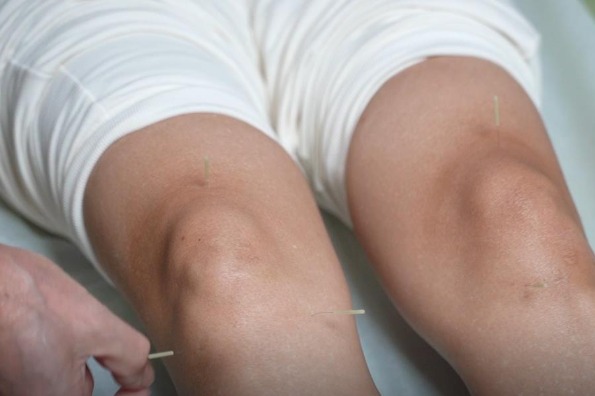TCM spreads its wings across the globe


Gradually, TCM has been accepted in Shah's country, with more people seeking treatment at his clinic.
This boom has also prompted TCM education, with medical schools in Nepal integrating TCM-related courses into their curriculums since 1998.
In 2012, Shah became director of Nardevi Ayurveda Hospital in Kathmandu, capital of Nepal, until he retired in 2017. The 64-year-old also headed a TCM research center in Kathmandu, at which he and his colleagues carried out a great deal of research.
"Chinese medicine plays an irreplaceable role in many respects, such as alleviating pain. It is also highly suitable for Nepal, especially in rural areas, where modern medical science is not accessible to everyone. TCM treatments, particularly acupuncture and moxibustion, are the best alternatives," Shah said. (Moxibustion is a therapy which consists of burning dried mugwort on particular areas of the body.)
Shah recalled an accident that happened 43 years ago, which prompted his idea to promote acupuncture in Nepal.
On a crisp afternoon in March, 1978, when he was studying Chinese at Beijing Language and Culture University, a car crashed into a tree on the campus, with the woman driver losing consciousness. Shah and other students quickly gathered at the scene of the accident.
A doctor from the university's health center performed acupuncture on a small indentation just below the woman's nose. Shah was amazed when she quickly regained consciousness.
"It was so impressive that I can still remember every detail, which provided me with inspiration", he said. "Nepal is a mountainous country where hospitals are far from people living in remote areas. Acupuncture and many other TCM treatments could be used as first aid before patients were admitted to hospitals.
"After returning to Nepal, I proposed this idea to the health authorities and helped train some doctors in acupuncture, which has become a popular therapy in my country."
Acupuncture is also practiced widely around the world. According to the World Health Organization, 103 member states have approved the practice, along with moxibustion; 29 member states have introduced special regulations on traditional medicine; and 18 have included acupuncture and moxibustion treatment in their medical insurance coverage.
Tang Minke, director of the international exchange and cooperation department at Beijing University of Chinese Medicine, said, "People like Shah are the pioneers and backbone of taking TCM to a broader stage at a fast pace since China's reform and opening-up.
"Such exchanges not only enable people overseas to realize the good curative effects of Chinese medicine, they also promote its development and internationalization."
According to a white paper released by the State Council Information Office in June last year, TCM has been used to treat 92 percent of confirmed COVID-19 cases in China. Over 90 percent of such cases in Hubei province received TCM treatment that proved effective.




